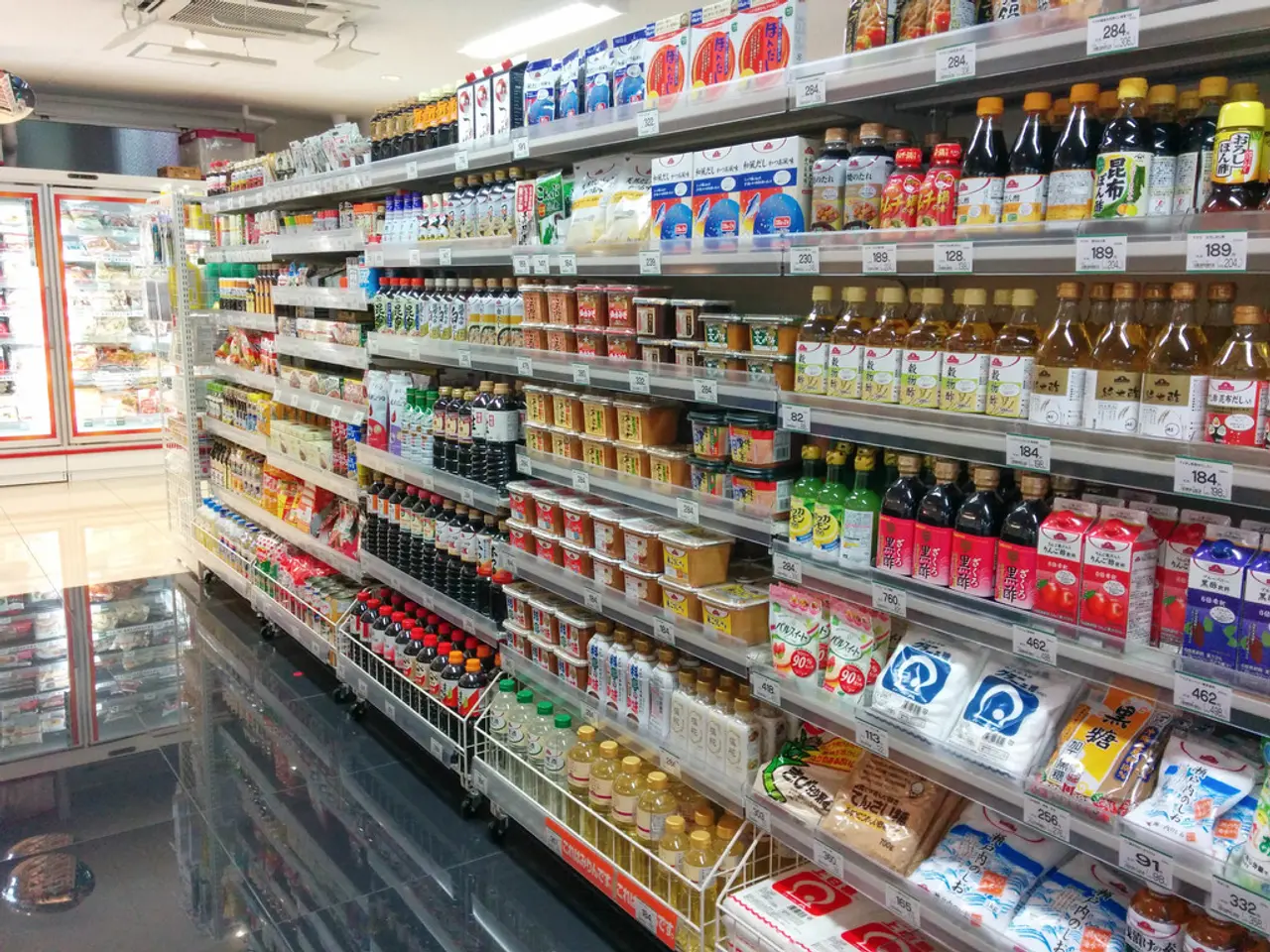Cross-border earnings strategy discussed by dLocal's CFO Mark Ortiz during Q3 2024 financial results review
Payments processor dLocal has announced impressive results for the third quarter of 2024, reporting record revenues of $186 million, a 13% increase year-over-year. This growth was driven by a 41% increase in Total Payment Volumes (TPV) to $6.5 billion.
The strong TPV growth was attributed to several factors, as discussed by CFO Mark Ortiz. These included significant expansion in various verticals and regions, as well as growth in both cross-border and local payment flows.
Growth Across Verticals and Regions
The financial services, SaaS, delivery, advertising, and commerce sectors saw notable growth, contributing to the TPV expansion. Geographic expansion also played a major role, with significant scaling in Argentina, Mexico, Egypt, and other emerging markets driving volume growth.
Cross-border and Local Payment Flows
dLocal's TPV growth is primarily fueled by two transaction types: cross-border payments and local-to-local payments. Cross-border payments, growing faster at 76% year-over-year, were driven by remittances, financial services, commerce, and streaming. Local-to-local payments, which grew 33% year-over-year, were supported by commerce and on-demand delivery.
The pay-ins product, particularly commerce, on-demand delivery, and streaming, rose 49% year-over-year, while pay-outs, led by remittances and financial services, jumped 61% year-over-year.
Future Strategy
Looking ahead, dLocal aims to continue leveraging these high-growth sectors and emerging market expansions. The company's strategic focuses include expanding its local payment methods and cross-border capabilities, enhancing operational efficiency, and maintaining leadership in emerging market payment processing.
dLocal's CFO, Mark Ortiz, highlighted the company's strategy to capitalise on the multi-decade growth tailwinds in emerging markets and digital payments while maintaining a strong product suite tailored to cross-border and local payment needs for global enterprise merchants.
Remittances and Diversification
Remittances were a major contributor to dLocal's growth, with a 82% volume increase in Q3. The company's diversification strategy also helped sustain its growth, with strong rises in Egypt, Mexico, and other African and Asian markets.
Financial Details
Cross-border volumes played a significant role in dLocal's ongoing strategy, surpassing $3 billion for the first time in Q3. The company's gross profit also reached a record high of $78 million, up 5% year-over-year. However, the specific drivers for the adjusted EBITDA fall of 6% year-over-year were not discussed during the conversation with CFO Mark Ortiz.
dLocal reported a record profit of $78 million in Q3, with a profit margin of 42%. The company's approach to profitability was not disclosed during the conversation with CFO Mark Ortiz.
In conclusion, dLocal's Q3 2024 results demonstrate the company's strong position in the payments processing industry, particularly in the emerging markets and digital payments sectors. The company's strategic focus on expansion, operational efficiency, and maintaining leadership in emerging market payment processing bodes well for its future growth.
The impressive revenue growth reported by dLocal in Q3 2024 can be linked to the surge in Total Payment Volumes (TPV), which was attributed to the expansion in various verticals such as financial services, SaaS, delivery, advertising, and commerce, and regions including Argentina, Mexico, Egypt, and other emerging markets.
The growth in TPV was primarily driven by cross-border payments, which saw a 76% year-over-year increase, and local-to-local payments, which grew 33% year-over-year, with commerce and on-demand delivery sectors being the key contributors to these growth figures.
In the context of the given text, the words 'finance', 'business', and 'technology' are inherent in the discussions of the financial services sector (a business vertical), the use of technology for digital payments (a business solution), and the geographical expansion into emerging markets (a business area).




